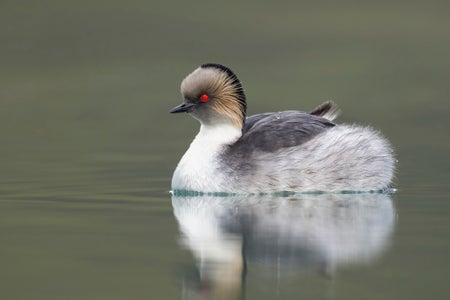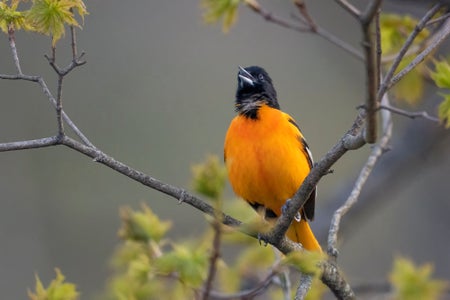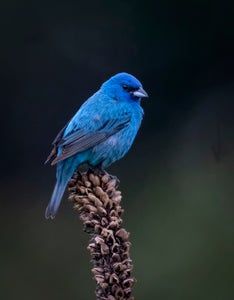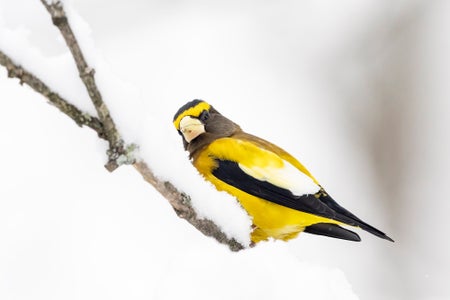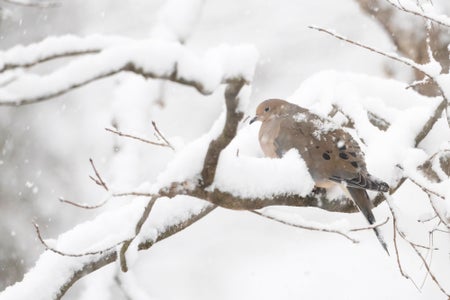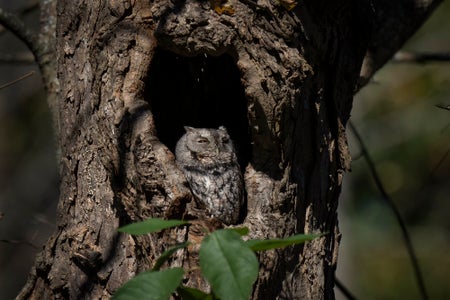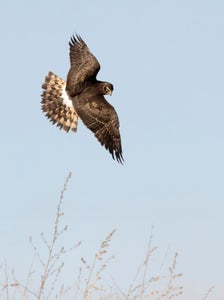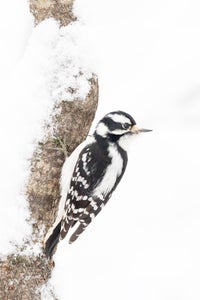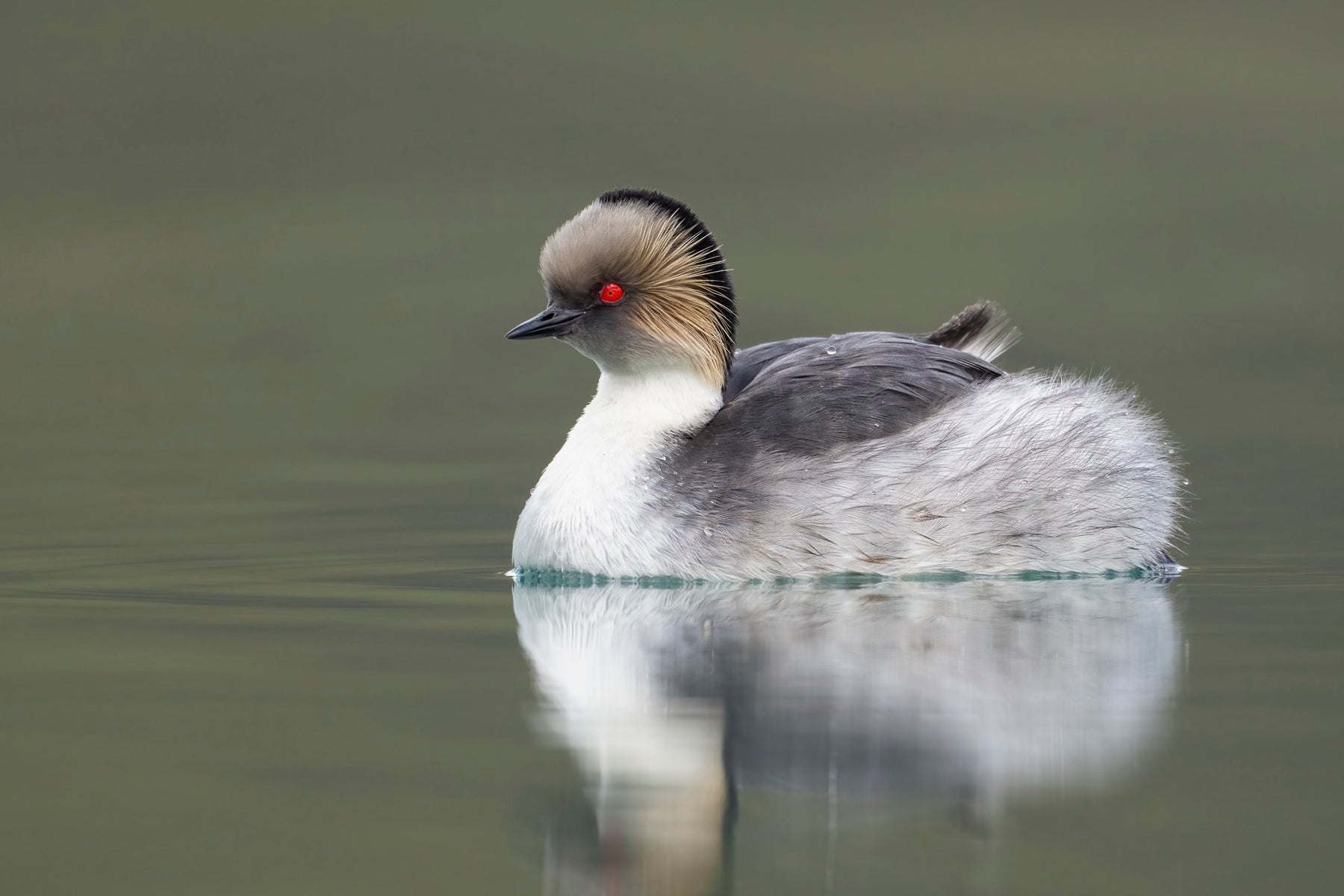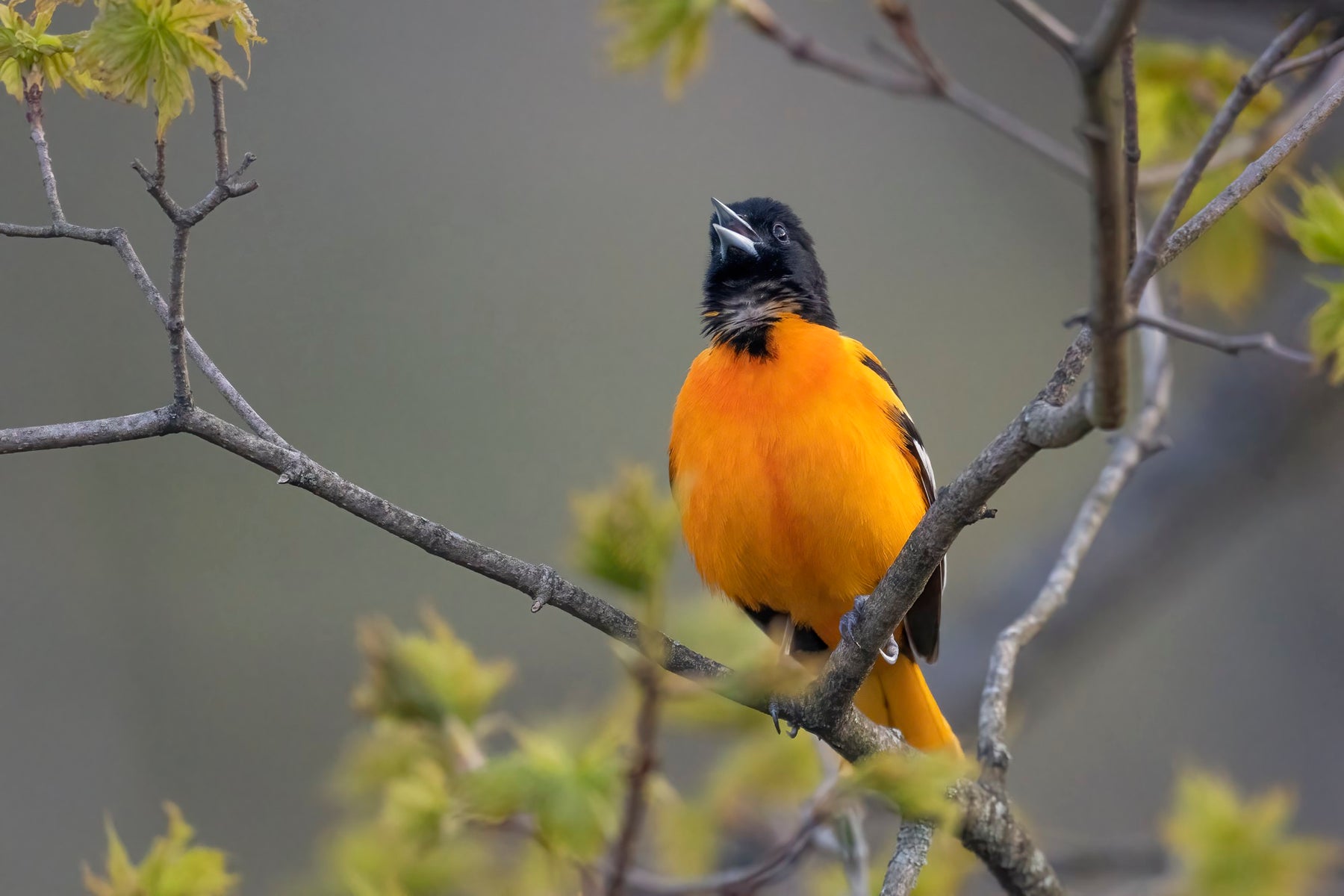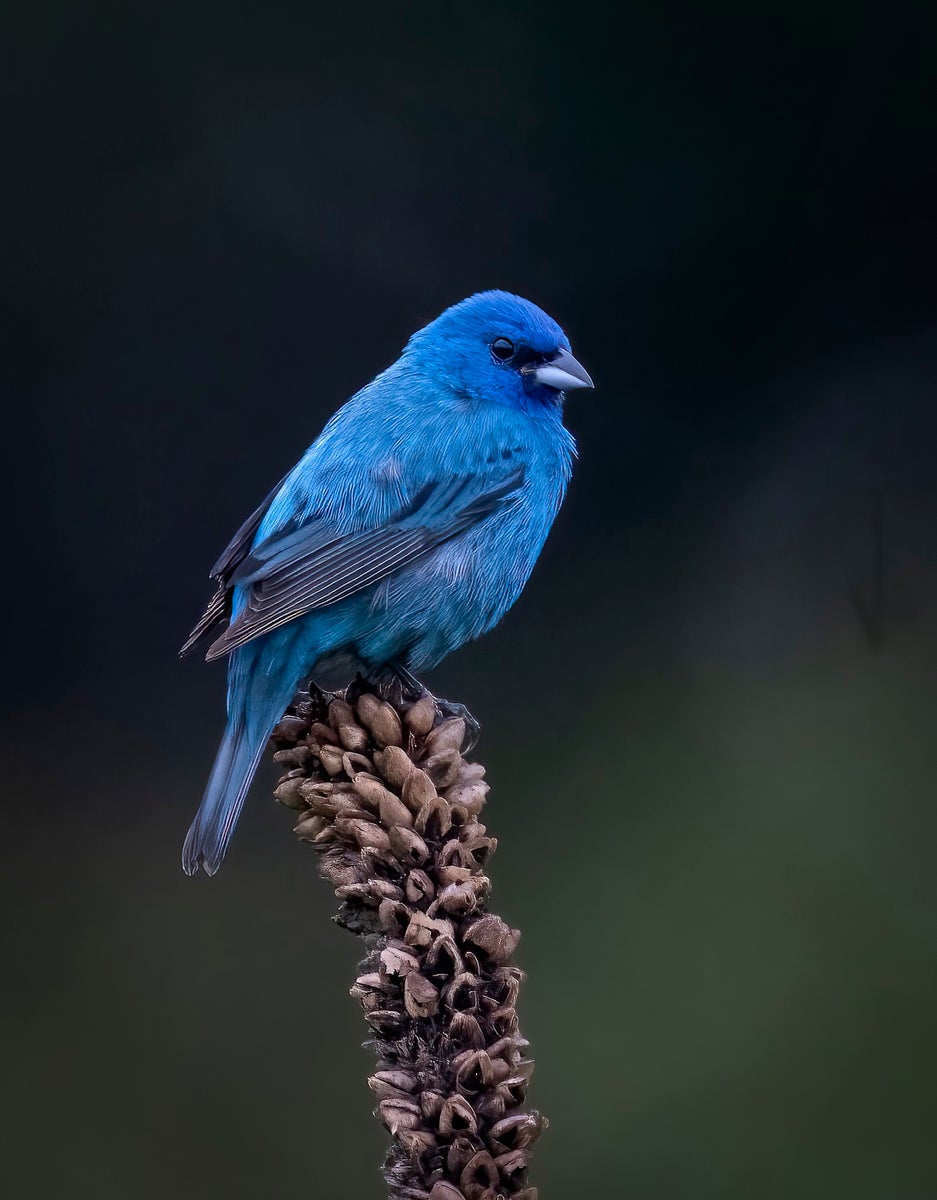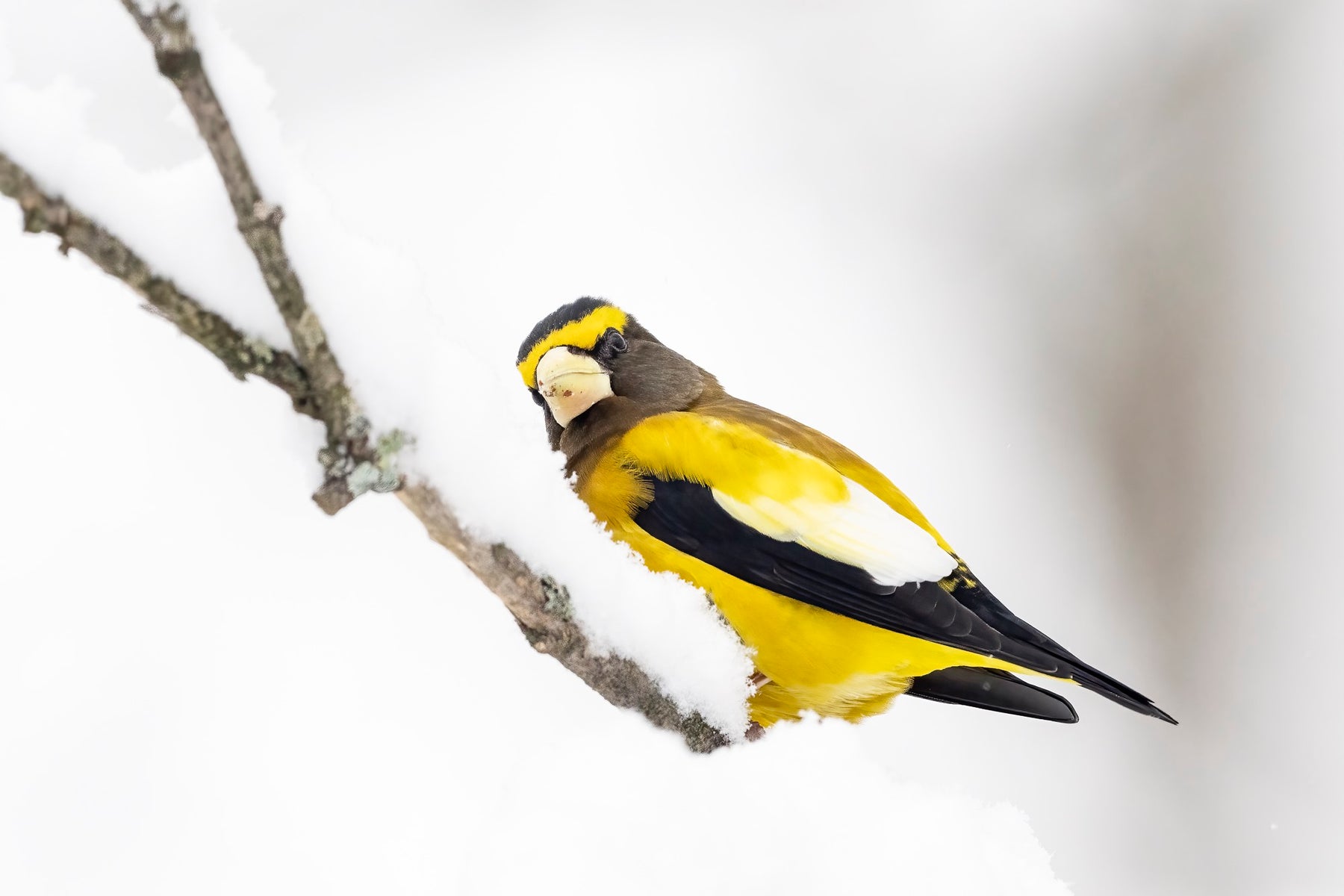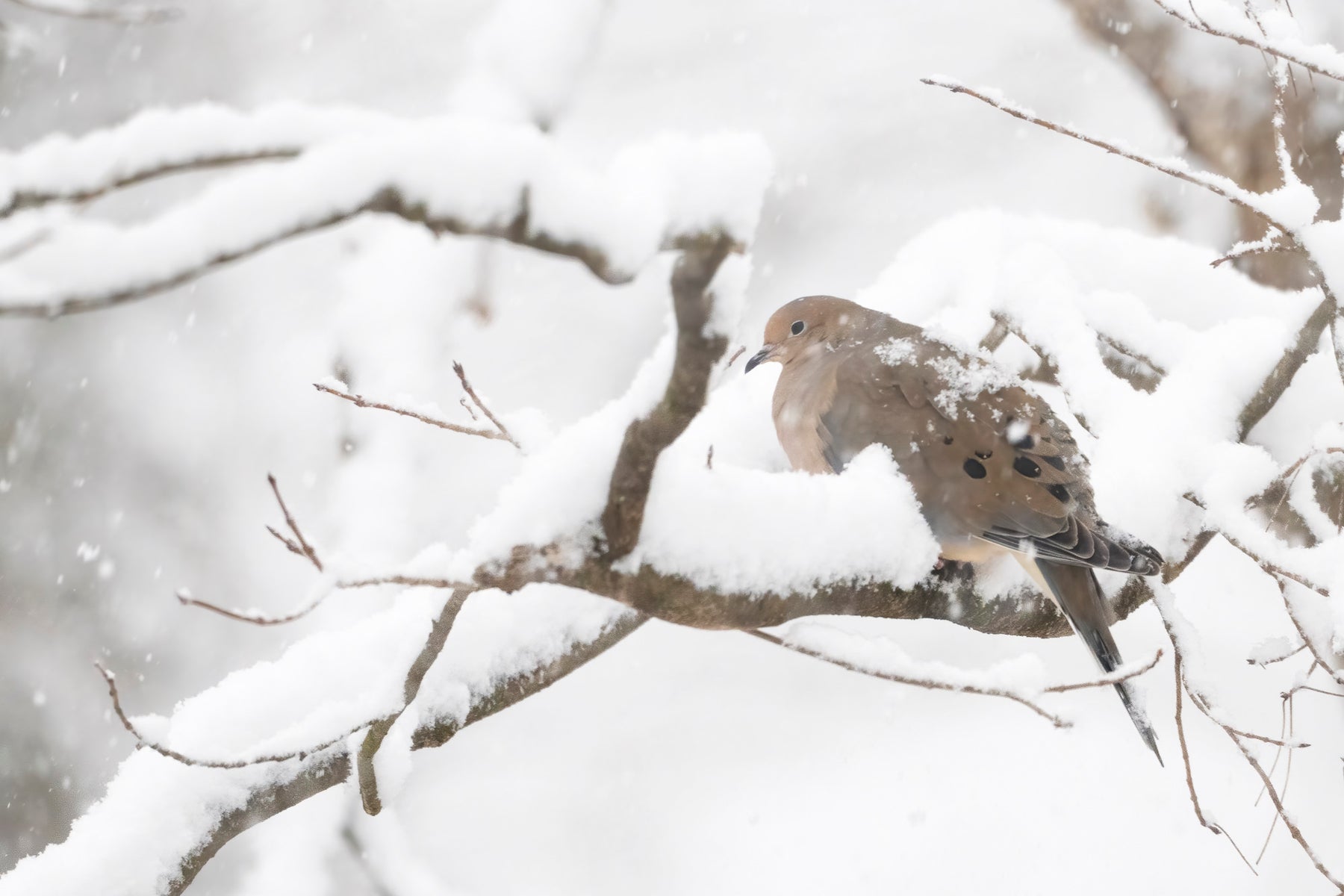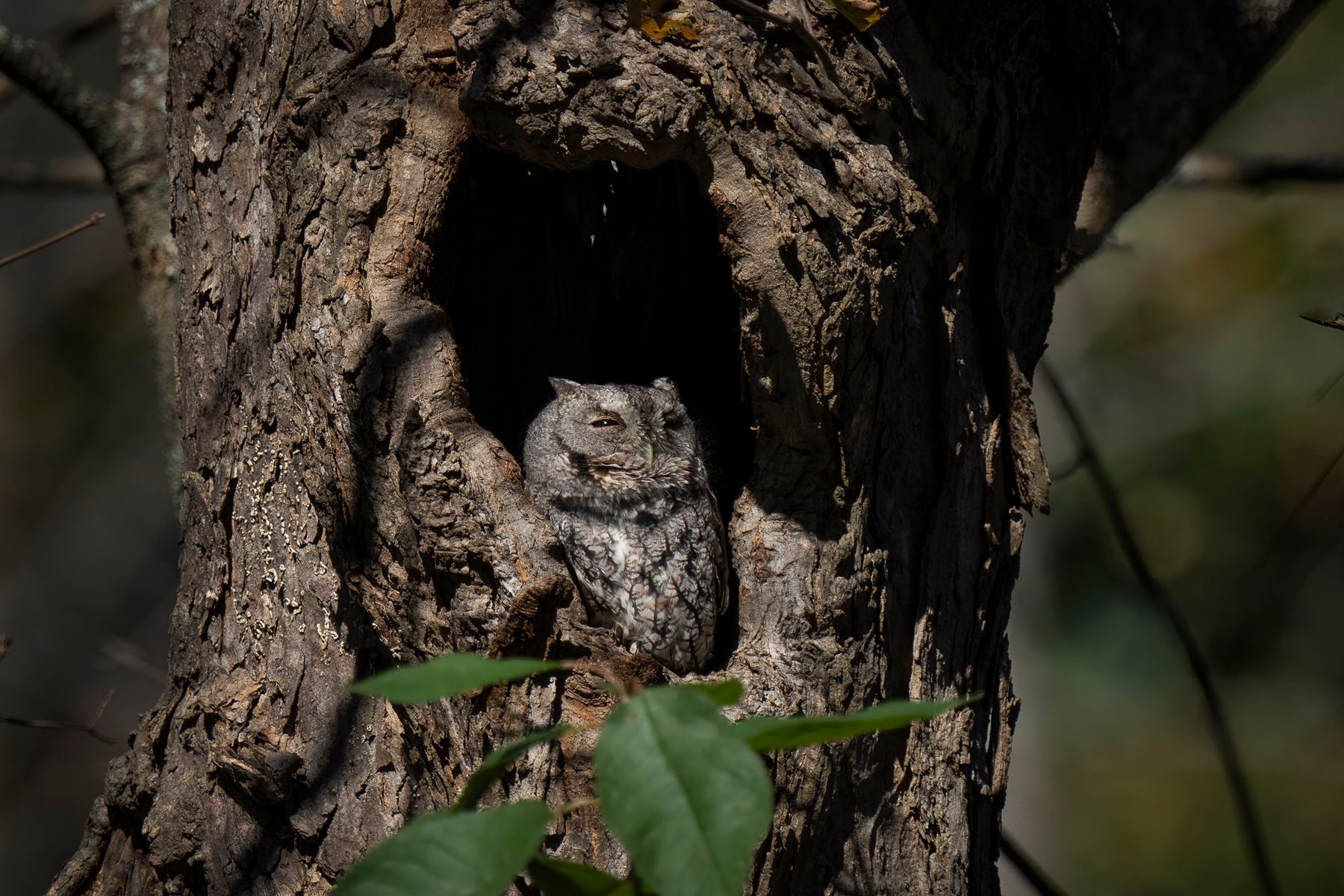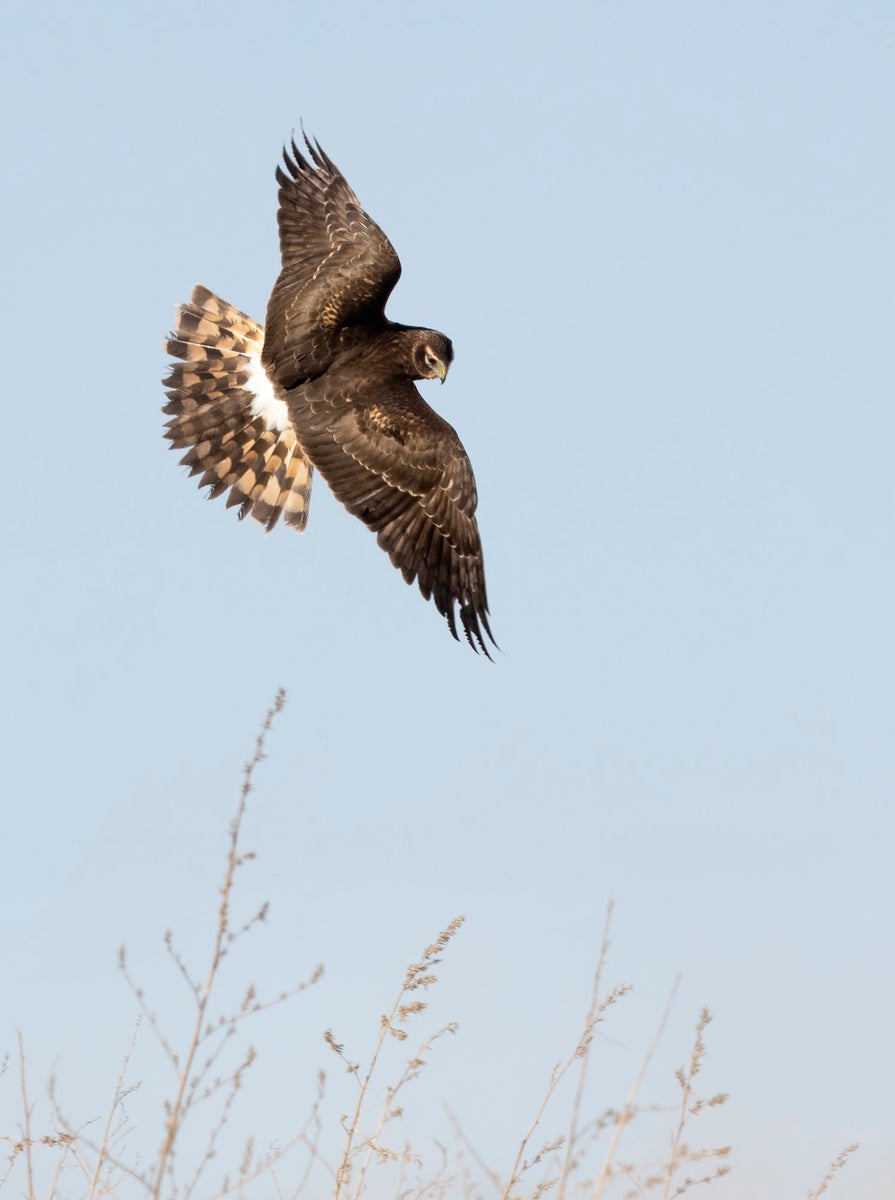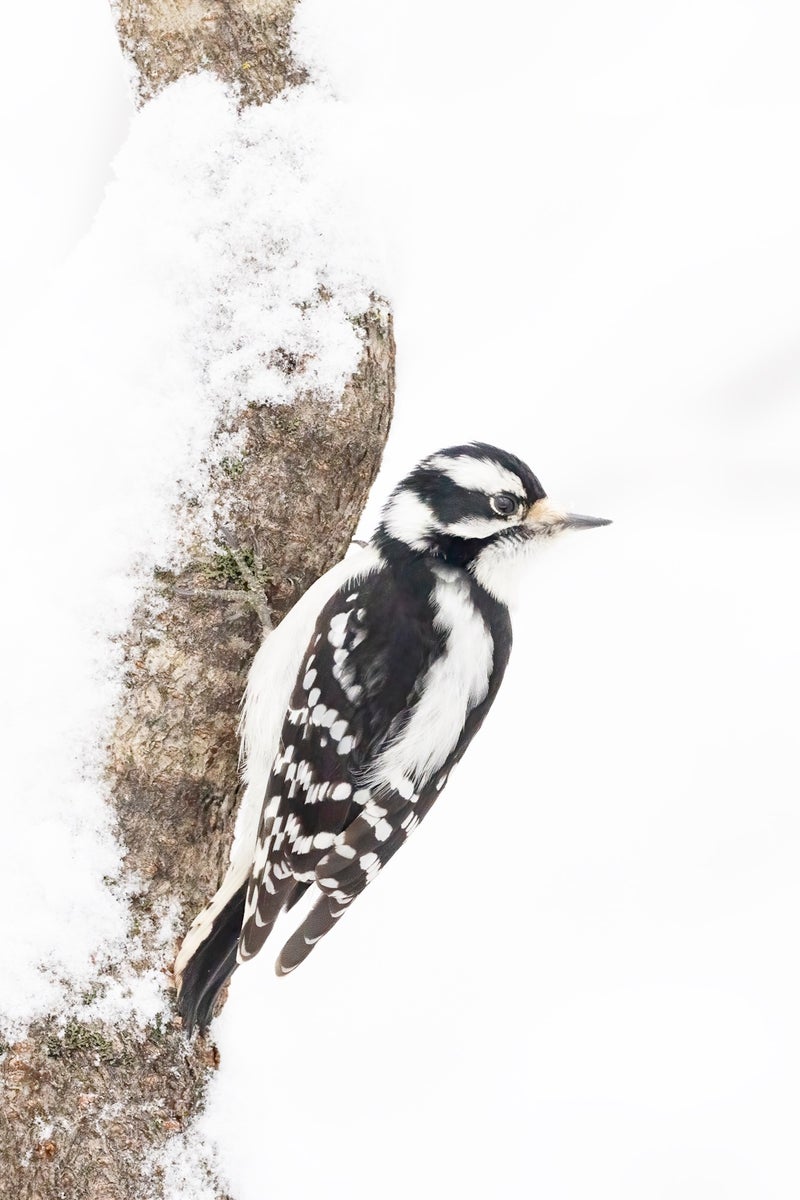Among bird photographers, Melissa Groo (@melissagroo) is considered one of the best there is. Groo works with all the iconic outlets including National Geographic, Smithsonian Magazine and Audubon. She’s a member of the International League of Conservation Photographers (iLCP) and considers herself a “wildlife biographer” as much as a wildlife photographer. It's her mission to raise awareness and change minds about not only the extrinsic beauty of animals, but also their intrinsic worth.
From photographing American flamingos in the Bahamas to the White Ibis in Florida to Hudsonian Godwits in Chile to Mated Secretary birds in Tanzania, Groo has traveled the globe and photographed a huge number of bird species. Over the course of her career, she’s learned some valuable advice. Groo shared her top advice for photographing birds in the winter – keep reading to learn more.
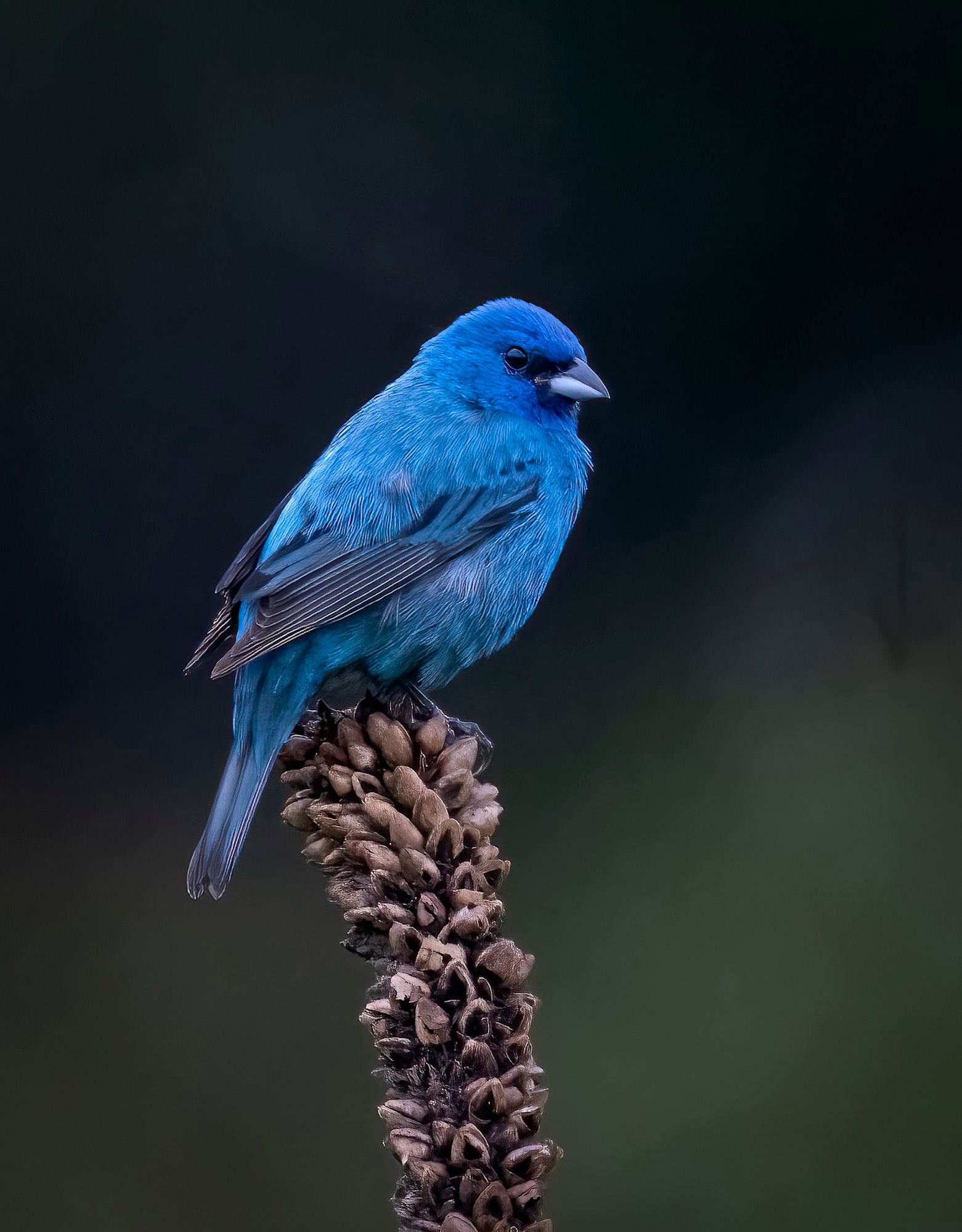
Photo by Melissa Groo. Sony Alpha 1. Sony 600mm f/4 G Master + 1.4X TC. 1/2000-sec., f/5.6, ISO 1600
Join A Local Birding Group & Use Citizen Science Tools
The first challenge for anyone living in an area that has a wintry season is simply finding birds. “Where I live, it's very much of a struggle to find birds in the winter,” Groo explains. So in winter I'm really thinking hard about where I can find birds. So I consult eBird a lot, which is Cornell Lab of Ornithology's citizen scientist database. I look at where birds are gathering or even where a particular individual has been seen. There are certain birds of winter that I'm really in love with seeing and photographing, and they are only coming down in winter before they go up north to breed. So you can use eBird to find these things.”
Another great way to find out about bird activity in your region is to join a bird group or email list of local birders that will share where and when they spotted certain species. “Birds are often creatures of habit, and so they may show up at the same general time of day at a particular resource. I track that and put together clues in terms of my own search for birds.”
Along with this can come flocks of people who want to see or photograph what Groo calls “celebrity birds” or very popular species, for example, great snowy owls. Groo chooses not to photograph these birds. “I feel like there can be too many of us, and that I would just be adding that additional stress or stressor to the setting for that bird,” she explains. “I'd be adding one more car to the road. I'd be one more body to the press of people if it's something I'd be photographing on foot. Every time we're out there, we are impacting wildlife, even if we're alone.”
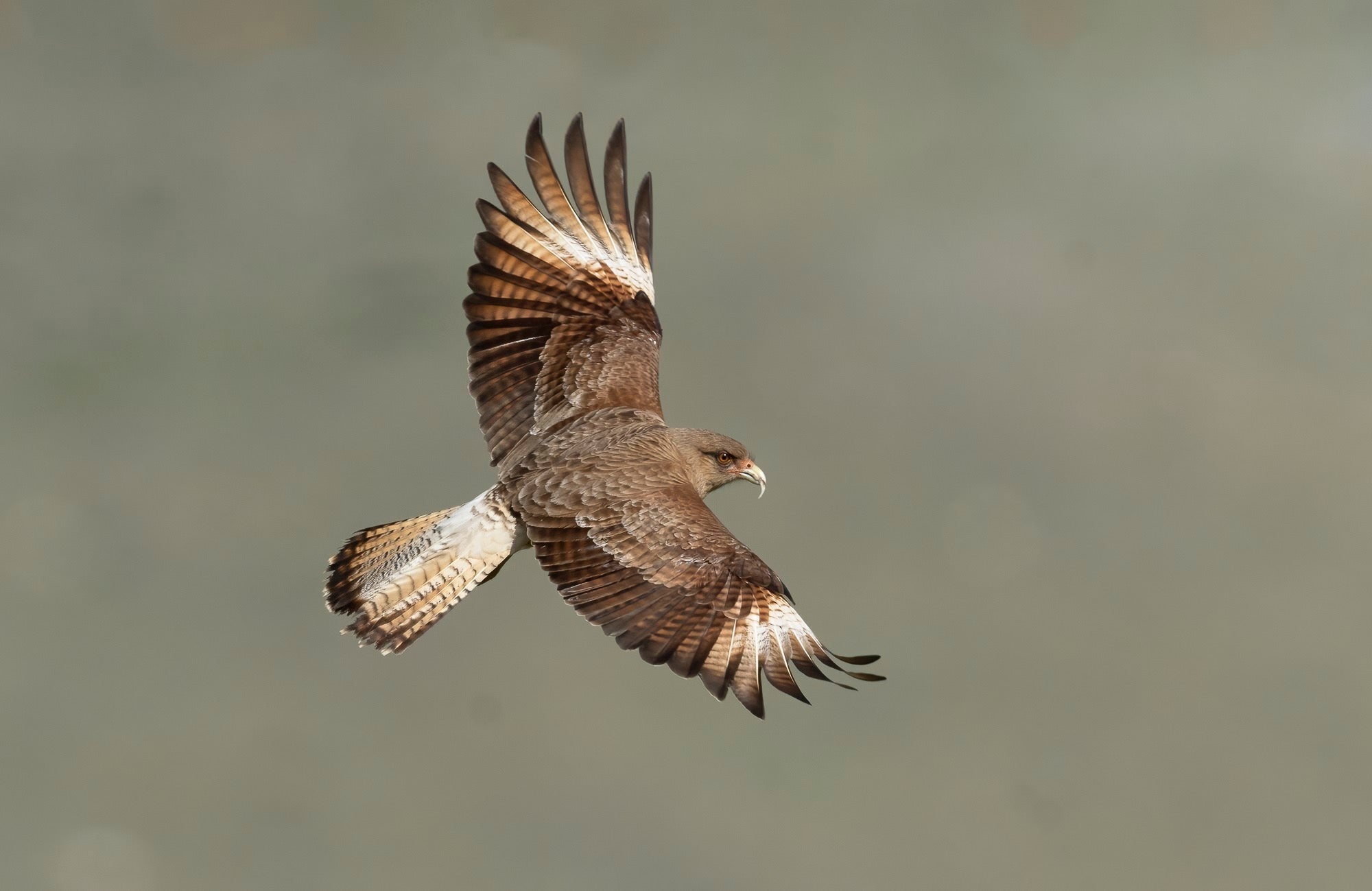
Photo by Melissa Groo. Sony Alpha 9 II. Sony 600mm f/4 G Master. 1/4000-sec., f/7.1, ISO 1000
If you do want to photograph a popular species, Groo suggests tempering your excitement to photograph with some thoughtfulness about how to be around the bird without being a distraction or introducing another vehicle that might hit it. For example, limit your time spent around the species and only go on less popular days, such as weekdays.
Monitor Your Impact (Use Silent Shutter)
The mere presence of humans impacts wildlife, and Groo is sensitive to how she can mitigate or lessen that impact. Using photo blinds is a great way to make your presence less obvious. And that blind can even be your car. Another major way to mitigate impact is by utilizing silent shutter.
“Part of it is certainly empathy for our subjects and not keeping them from doing anything they need to do and helping them behave naturally,” she says. “But it's also about: how do we keep these creatures around longer so that we can get the shot, right? It's in our own best interest to be as least disruptive as possible. That's when we see natural behavior. That's when we get the kind of shots that place in Wildlife Photographer of the Year, which I just judged. Being able to see a little known-behavior that has nothing to do with alarm or being bothered by your presence, even if they know you're there. It has to do with what they're just normally doing, and especially when they're not intimidated or bothered by human presence. So in the search to find those moments, a silent shutter takes on a pretty large role. And so for me, that's been a great, great feature that really compelled me to make the switch from my old DSLR setup.”
Exposure In The Snow
From a technical aspect, photographing birds in the snow can be gorgeous, but challenging. Since camera metering systems are calibrated to base exposure on neutral gray, a snowy landscape can end up looking dull and gray. To combat this, Groo generally overexposes her shots by roughly two stops.
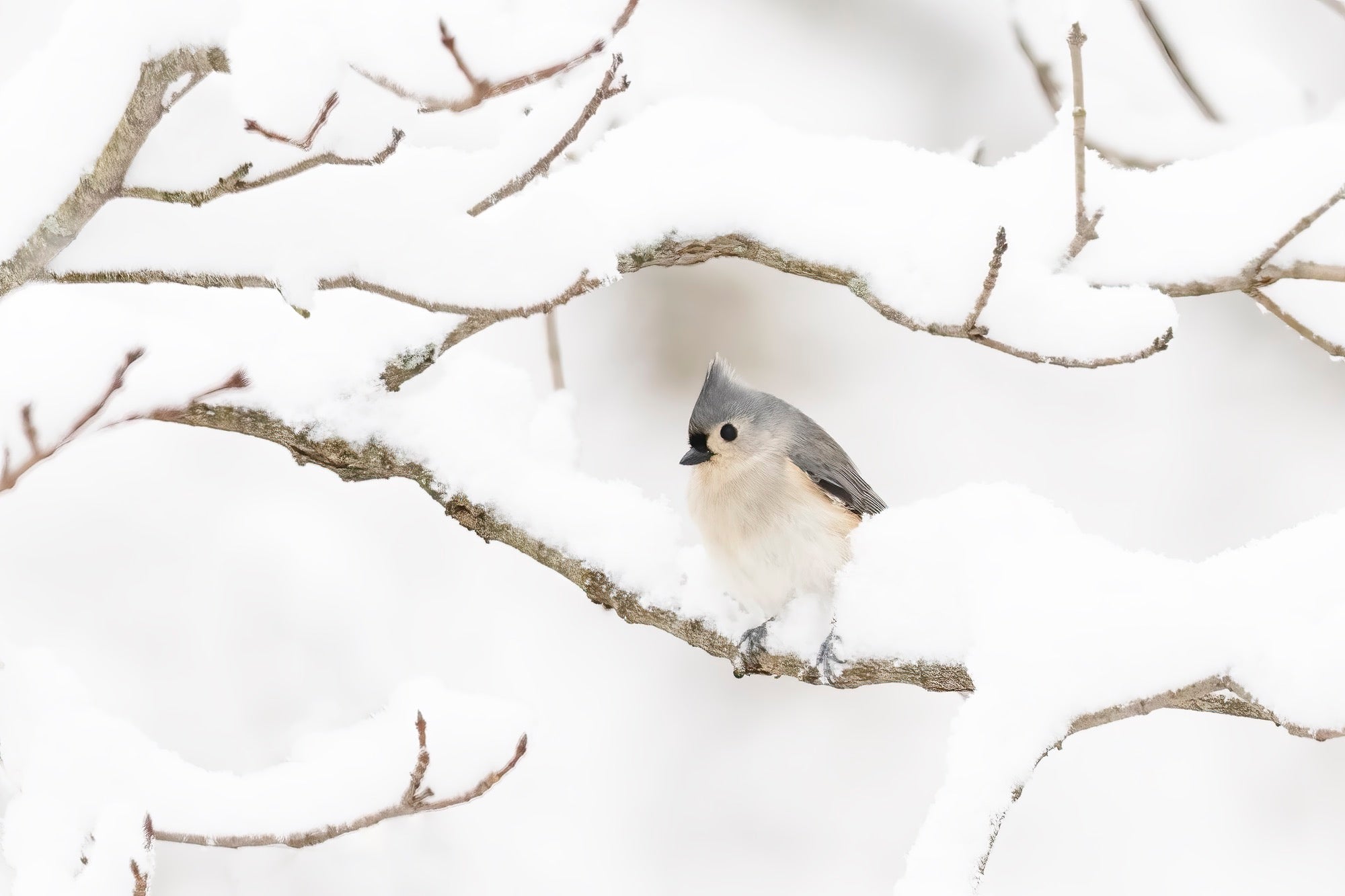
Photo by Melissa Groo. Sony Alpha 1. Sony 600mm f/4 G Master + 1.4X TC. 1/500-sec., f/6.3, ISO 1600
“One of the reasons I love photographing birds in winter is because it can create a graphic scene that can be sort of simple and spare and really show off the bird very well. Of course the lushness of spring and summer foliage is a wonderful setting, but to be able to get a really clear, stark view of a bird because you are dealing with so few other details that compete with it can create something really graphic.”
Create A Bird Habitat & Shoot Close To Home
In addition to using ebird and birding groups to locate species, you can create a sanctuary in your yard to bring the birds to you. Groo explains that she feeds birds in her yard and that she puts out specific types of feed to attract different bird species. She also utilizes different feeders that appeal to various species of birds. “Offering seed to birds is a nice way to bring them in, and you can even photograph from the comfort of your home. It’s amazing what you can get if you just really pay attention to what's right outside of your door and choose a moment that's all about the light. Shoot at first light and you can get that really lovely, very soft, diffused light.”
Groo says that if you do put up a feeder, you don’t really want to photograph the birds there because it’s not going to be very aesthetically pleasing. “What birds like to do before they come to a feeder is always perch somewhere nearby and scan for danger before they fly in. That's the place you're looking to photograph the birds. You always want to be thinking about and watching where the birds are perching and how you can capitalize on that.”
She continues, “I always try to hammer home that it’s really important to follow best practices for bird feeders because you don't want to put out food that's not appropriate for birds that could harm them. And you also want to keep your feeders clean and at a prescribed distance from windows. It's said that anywhere from the window to three feet from the window or 30 feet away and further – it's that middle distance that gets birds into trouble where they will get up from feeding and fly into the window.”
Additionally, Groo says that if you’re feeding birds at home it is critical that you keep cats indoors, as they will be predators. You also need to keep an eye out for other predators who may recognize the congregation of birds in your yard. So if a predator, such as a Cooper's Hawk or Sharp-shinned Hawk comes in and starts hunting your birds, you’ll want to pull your feeders for a day or two until the hawks leave.
Traveling To Find Birds
Groo says another popular way to photograph birds in the winter is to travel to places that are rich with bird life, and she has a few recommendations. The first is Sax-Zim Bog in Minnesota. This area has become quite popular because there is a large number of owls, so many photographers go there to get natural images of owls. It is quite popular but also quite large, so you can usually find places where there aren’t a ton of people.
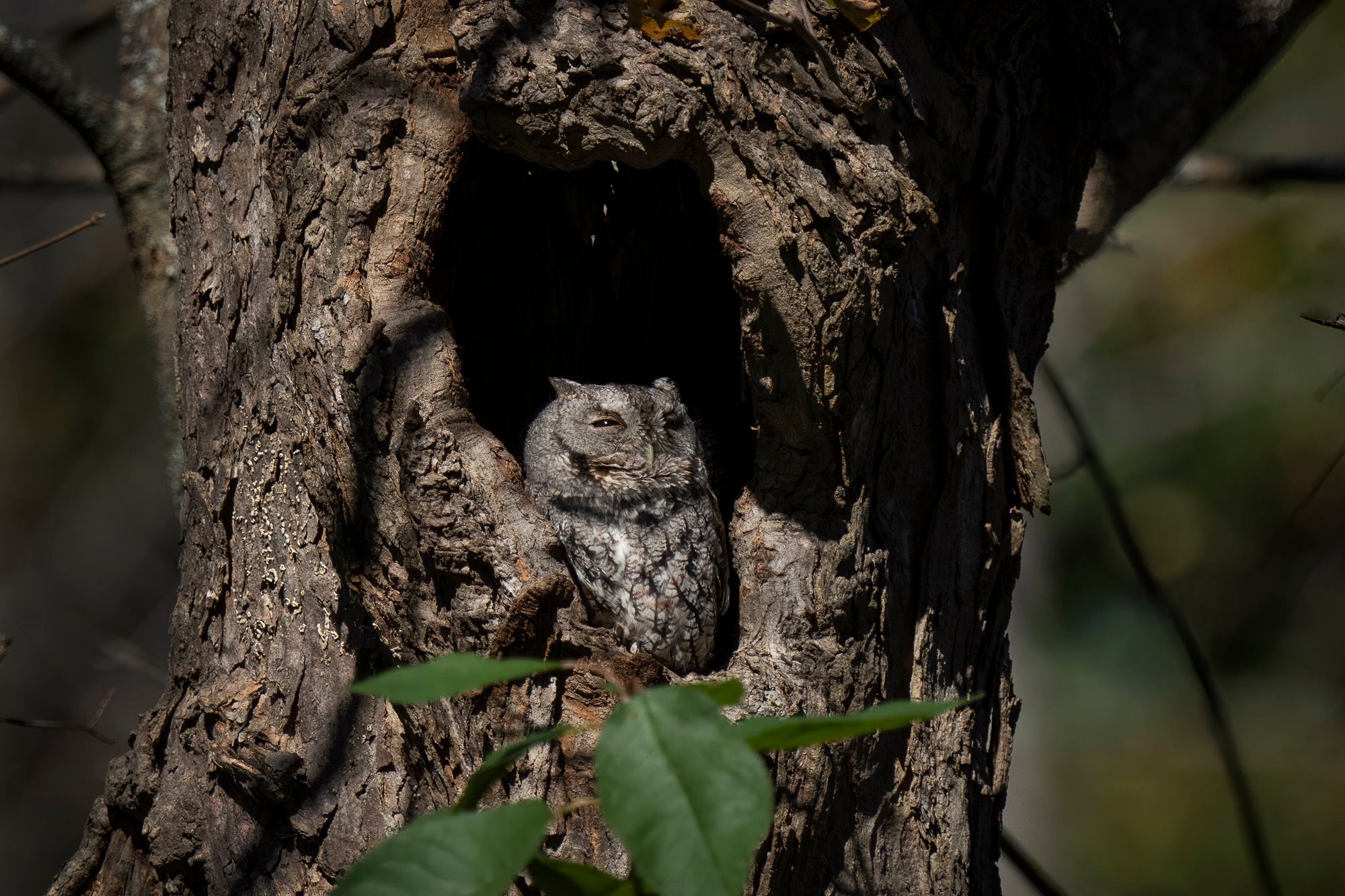
Photo by Melissa Groo. Sony Alpha 1. Sony 200-600mm f/5.6-6.3 G. 1/2500-sec., f/6.3, ISO 500
Next she recommends Bosque Del Apache National Wildlife Refuge in New Mexico. During winter, there are huge flocks of snow geese and sandhill cranes; there are also dabbler ducks, black-throated and sage sparrows, and raptors bald eagles and ferruginous hawks.
Then for those specifically looking to photograph bald eagles, there are a few places to visit. Of note is in Maryland, called Conowingo Dam. From November to January, Groo says it’s a great place to see eagles, but be prepared to be around dozens of other photographers.
Finally, Groo says that photo workshops are a fantastic way to photograph birds and improve your skills. She just recommends you be careful about the ethics of the group you travel with. “Nearly every time you hear an owl workshop advertised, they are relying on pet store mice as bait to guarantee shots for their clients,” she explains. “I encourage you to ask some questions and really try to stay away from any unethical workshop leader who is following practices that are absolutely in the worst interest of the owls.”
Groo herself leads ethical workshops with Summit Workshops and Cat Expeditions.
Dial In Your Camera Settings
Sony camera systems have a number of features that help bird photographers immensely. That was a major reason Groo switched to Sony a few years ago. Groo shoots with two Sony Alpha 1 cameras. “I love these cameras for the Eye AF and then the fact that it can go to 30 frames per second. I'm typically more at 20 frames per second, but being able to shoot that many frames per second can be completely essential if I'm on assignment or I have a really unique, unusual opportunity and I just want to totally capitalize on that opportunity. Birds move so quickly and their wing flap can take so many different angles. So if you're pressing that shutter down, you’re in burst mode and continuous autofocus, at the highest frames per second. Even just one or two of those frames might yield that obviously perfect shot where the wing is just so perfectly articulated and the head is turned just so. We're so lucky that we can have the luxury of that. It’s something I still marvel over it.”
More recently Groo has been able to try the new Sony Alpha 9 III and the Sony 300mm f/2.8 G Master, of which she’s a big fan. “As a wildlife photographer, lenses are everything,” she explains. “To be able to get this much reach in this size lens, that’s this light, is something new. I can’t imagine trying to tell stories without the G Master lenses.”
Be Prepared With Custom Buttons
As with all wildlife, when it comes to photographing birds you are dealing with a lot of unpredictability and not knowing when something's about to greatly change in terms of speed or action. To combat this, Groo has programmed one of her custom buttons to be set specifically for capturing birds in flight. “I love photographing birds in flight, but it definitely requires a super high shutter speed,” she explains. “I don't like to drop below 1/2500-sec., if I can help it. Really I prefer to be at 1/3200-sec. at least. If I have ample light, I'm going to ratchet it up even more to 1/4000-sec. or even higher, especially for really fast and small birds.”
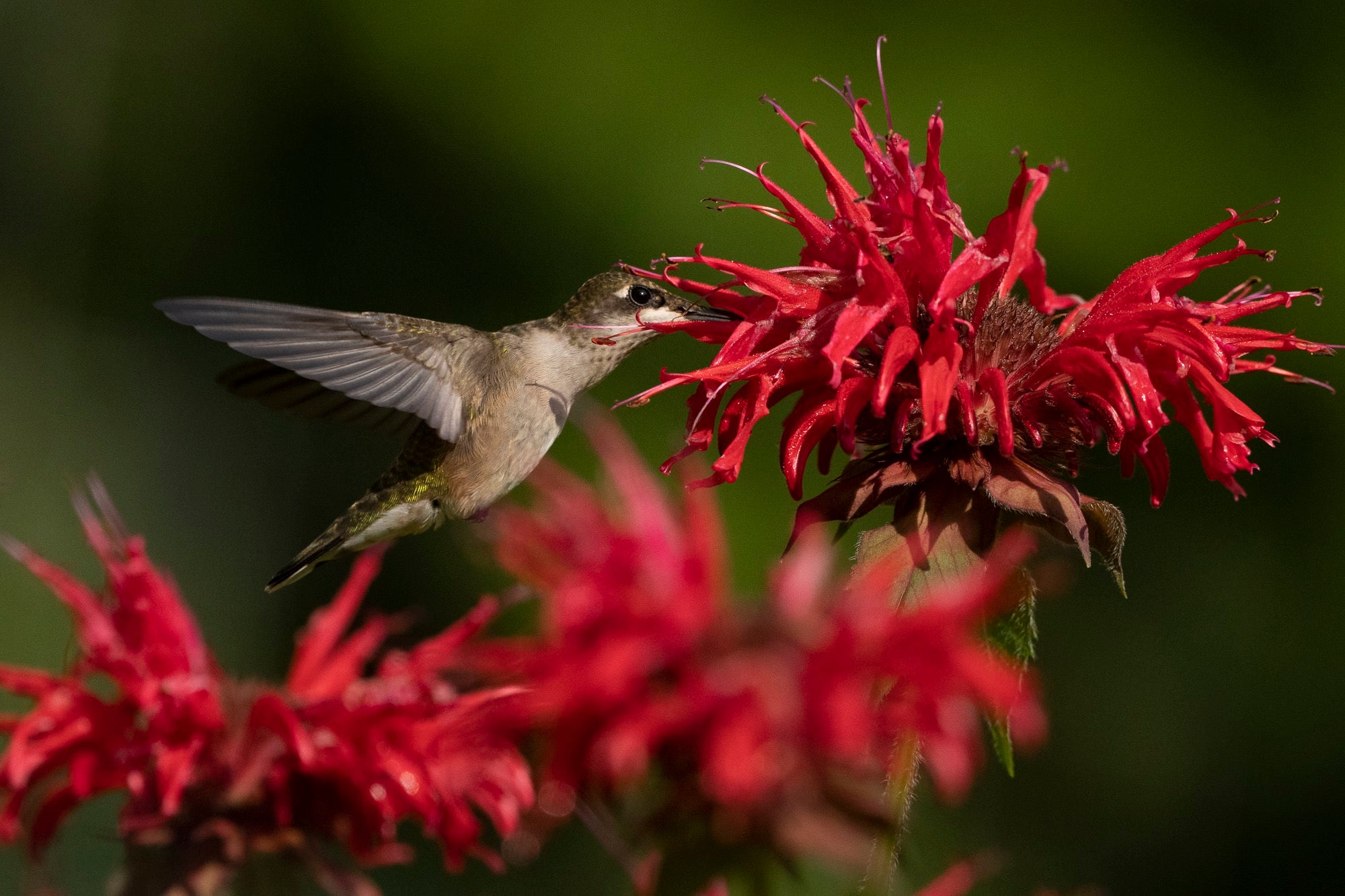
Photo by Melissa Groo. Sony Alpha 1. Sony 600mm f/4 G Master + 1.4X TC. 1/5000-sec., f/5.6, ISO 1600
She continues, “Maybe I'm working on a bird that's perched or it's wading in the water, but I want to be ready for that action shot. Whether it's that bird is going to take off or there's going to be suddenly some ravishing incoming bird flying in. So I have my C1 button set so that all I have to do is push it down and instantly it conjures up the settings that I have programmed for birds in flight. What I have that set as is: 1/3200-sec., f/5.6, ISO 1600 because I usually have the teleconverter attached to my Sony 600mm f/4 G Master. I also have it set to Zone Focus Mode.
The Custom Buttons are an easy way for Groo to transition between settings without missing a moment. “I try to really pan smoothly with the bird in flight and when the opportunity passes, I take my finger off that button and I'm back to the settings I had before. It's just a really great way to very quickly pull up settings for a different situation that you don't want to miss. You can either set it up for the long term or just a trip you're taking where you know there's a certain situation that's going to be your default, but you want to be ready for the alternative. There are so many buttons that you can customize on the Sony cameras, which was a big selling point for me.”
See more of Melissa Groo’s work on Instagram @melissagroo.
